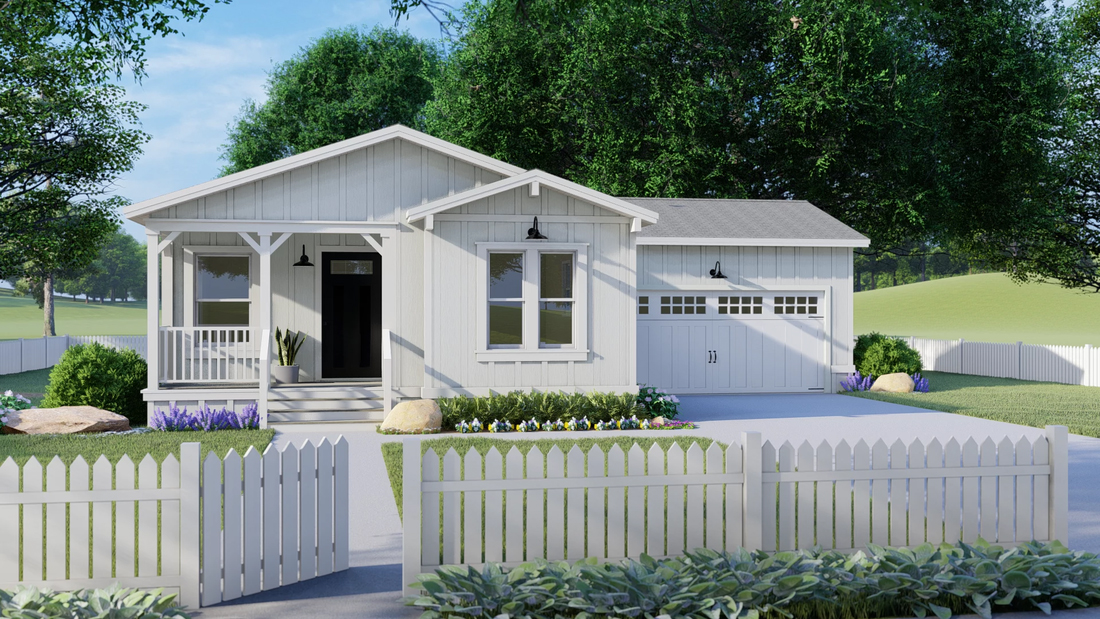The State of California has placed requirements on cities to increase available housing. Many cities are struggling to find ways to satisfy those requirements and are looking to build new housing on current open land or convert existing commercial lots to residential.
One way to avoid changing the city’s layout is use ADUs. ADUs count towards the State’s requirements of additional housing as laid out in California AB68 that took effect in 2020. Now in 2022 California SB9 can also be leveraged to use existing properties as a way to increase a city’s housing numbers.
What Is California SB9?
California, being the most populated state in the US, has put new laws in place intended to improve its housing crisis.
On September 16, Governor Gavin Newsom signed Senate Bill 9, also referred to as the HOME Act. This law went into effect on January 1st, 2022, two important things will happen to single-family zoned parcels.
First, lot subdivisions will be permitted: lots that are currently zoned as Single- Family Residences can be subdivided into two parcels or lots.
SB9 states that a local municipality must approve lot splits and construction (or the combination) ministerially, meaning that now it gets easier to approve these projects without prolonged review or hearings.
Eligibility For SB9
A property should meet these few requirements to be eligible under SB9:
The parcel cannot be a historically designated area, and it cannot be in areas of high risk such as fire zones, flood plains, or seismic fault zones.
The existing property cannot contain any form of rent or price control.
It cannot be a property occupied by a tenant currently in the last three years or have been the subject of an Ellis Act eviction in the last 15 years.
You cannot assemble a neighboring parcel or work with another neighbor to split a nearby lot.
Parcels must be in urban areas.
No short-term rentals, no vacation rentals are permitted, only rental terms longer than 30 days are allowed.
The owner must agree to reside on the property for the next three years.
What Does SB9 Do?
SB9 will functionally eliminate single-family residential zoning in California by allowing all properties within a “single-family residential zone” to be developed with two units and to be subdivided into two parcels, irrespective of local standards. In short, the law allows for two new types of development activities that must be reviewed ministerially without any discretionary action or public input:
“Proposed Housing Development” allows a single-family residential parcel to accommodate two primary dwelling units instead of one, as well as accessory dwelling unit(s) (ADUs).
“Urban Lot Splits” allows a single-family residential parcel to be divided into two parcels as small as 1,200 square-feet and for each parcel to also accommodate two primary dwelling units. However, ADUs are not required.
In most circumstances, SB9 will result in the potential creation of four dwelling units from an existing single-family parcel, generally in the four (simplified) scenarios depicted, below. In comparison, a single-family property is currently permitted three units, inclusive of a single-family dwelling, an ADU, and a JADU.

For more information about California SB9 please see ADU4You.com/SB9


